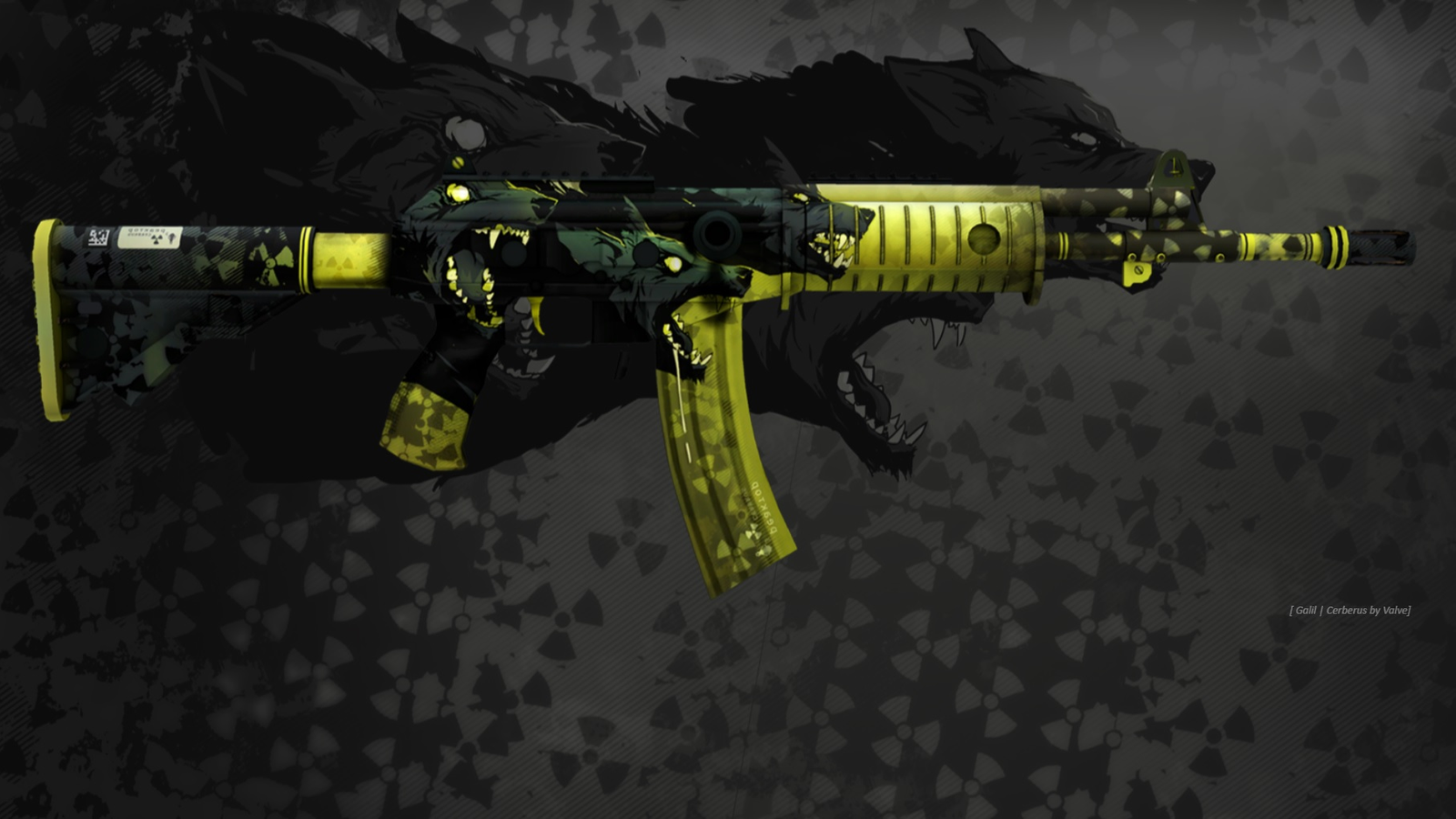CamiForm: Your Source for Diverse Insights
Exploring a world of information across various topics.
Skinsational: Why CSGO Weapon Skins Are Like Fashion for Gamers
Unlock the stylish world of CSGO weapon skins! Discover how these virtual accessories are shaping gamer fashion trends.
The Evolution of CSGO Weapon Skins: A Fashion Statement in Gaming
The world of CSGO weapon skins has undergone a remarkable transformation since the game's inception in 2012. Initially introduced as a simple way to customize weapons, these skins have evolved into a multifaceted aspect of gameplay and culture within the gaming community. What began as a mere aesthetic upgrade has blossomed into a vibrant marketplace and a significant element of player identity. The rarity and design of a skin can greatly influence its value, pushing many players to treat their skins as digital collectibles akin to fashion accessories.
In recent years, the focus on CSGO weapon skins as a fashion statement has only intensified, with high-profile auctions and trades reflecting their status as coveted items. Players often showcase their favorite skins during gameplay, making them a point of pride and a reflection of individual style. Moreover, collaborations with artists and brands have introduced exclusive designs, further enhancing the appeal of these virtual adornments. As such, the evolution of weapon skins not only illustrates a shift in gaming culture but also highlights the blending of art, commerce, and personal expression in the digital age.

Counter-Strike is a highly popular multiplayer first-person shooter franchise that pits teams of terrorists against counter-terrorists in various maps and game modes. Players strategy and skill are critical, and the game continuously evolves with new updates and gameplay mechanics. For instance, if you're interested in how to clear decals in cs2 using a bind, there are plenty of tutorials available to enhance your gaming experience.
How CSGO Skins Reflect Gamer Identity and Style
In the world of CSGO skins, players find a unique avenue to express their identities and personal styles. The vast array of skins available allows gamers to curate an aesthetic that resonates with their individual personalities. From vibrant colors to intricate designs, the choice of skin can reflect a player's mood, preferences, or even their gaming achievements. For instance, a player sporting a rare CSGO skin may want to convey their status and dedication within the gaming community, showcasing not just their skills but also their commitment to the game.
Moreover, CSGO skins serve as a form of social currency within the game's ecosystem. Players often engage in trade, flaunting their most desirable skins as a representation of their gaming journey. This interaction contributes to a collective understanding of player status and style, as certain skins can signify experience, skill level, or even belonging to a particular community. Ultimately, the skins a player chooses are more than just aesthetic preferences; they are an integral part of the player's identity in the vibrant and competitive universe of CSGO.
Are CSGO Weapon Skins the New Frontier of Digital Fashion?
As the gaming industry continues to evolve, CSGO weapon skins have emerged as a significant trend, blurring the lines between gaming assets and digital fashion. Just like high-end designer brands showcase their latest collections on the catwalk, gamers now find themselves curating their own virtual wardrobes. These unique cosmetic items not only enhance the player's aesthetics but also serve as status symbols within the gaming community. With a vibrant marketplace driven by creativity and exclusivity, weapon skins have transformed into a new form of self-expression among players, elevating them beyond mere game mechanics.
Much like traditional fashion, the world of CSGO weapon skins is influenced by popular culture, seasonal trends, and limited-time releases. Rare skins can fetch prices in the thousands of dollars, creating a robust economic ecosystem that parallels high fashion retail. As players prioritize individuality and showcase their unique style through these digital assets, it’s clear that weapon skins are redefining what it means to engage with digital fashion. This convergence of gaming and aesthetics not only offers a glimpse into the future of virtual economies but also challenges our conventional understanding of fashion itself.